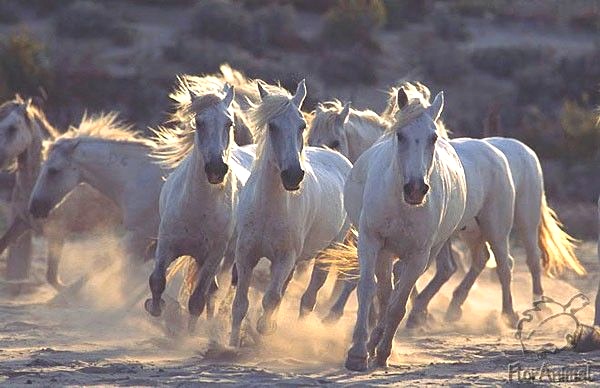Horses have been used in racing and other competitions since ancient times, and they continue to be used in the modern era. But, with the rise of technology, some horses have become expendable and are sent to an uncertain fate. One of the most pressing questions in the racing industry today is, how many race horses end up in slaughter?
The Racing Industry
Horse racing is a multi-billion-dollar industry and the most popular form of equestrian sports in the United States. Every year, thousands of horses are bred and trained for racing, but the vast majority of these horses never make it to the track. The horses that do make it to the track may only race for a few years before they’re retired, sold, or sent to the slaughterhouse.
The Slaughterhouse
Horses that are sent to slaughterhouses are typically sold to a meat buyer who then transports them to a slaughterhouse. The horses are killed and processed into products such as pet food, glue, and pharmaceuticals. The process of sending horses to slaughter is often shrouded in secrecy, which makes it difficult to determine how many race horses end up in slaughter.
The Reality
Unfortunately, the reality is that many race horses do end up in slaughter. According to the Equine Welfare Alliance, an estimated 30,000 former race horses are sent to slaughter each year in the United States. This figure includes retired race horses, failed race horses, and horses that were injured or no longer useful to their owners.
Reasons for Slaughter
There are several reasons why race horses end up in slaughter. One of the most common reasons is that the horse is no longer competitive or profitable. Race horses are expensive to keep and maintain, and when a horse is no longer winning races or bringing in money for its owners, they may decide to send it to slaughter.
In addition, some horses are sent to slaughter because they have suffered an injury that makes them unsuitable for racing. Some horses are also sent to slaughter due to illness or old age.
Repercussions
The slaughter of horses has far-reaching repercussions. Not only is it cruel and inhumane, but it also has a negative impact on the racing industry. Horse racing is heavily regulated in the United States and many other countries, and the slaughter of horses can have a negative impact on the image of the sport.
The Solution
Fortunately, there are ways to reduce the number of race horses that end up in slaughter. One of the most common solutions is to adopt retired race horses. Retired race horses can make excellent riding and companion horses, and adopting one can give it a second chance at life.
In addition, organizations such as the Thoroughbred Retirement Foundation provide retirement, rehabilitation, and adoption services for retired race horses. These organizations work to ensure that retired race horses are not sent to slaughter but instead given a safe, loving home.
Conclusion
The slaughter of horses is a heartbreaking reality of the racing industry. Every year, thousands of horses are sent to slaughter due to injury, illness, old age, or simply because they are no longer profitable. Fortunately, there are measures that can be taken to reduce the number of race horses that end up in slaughter, such as adopting retired race horses and supporting organizations that provide retirement and adoption services.

